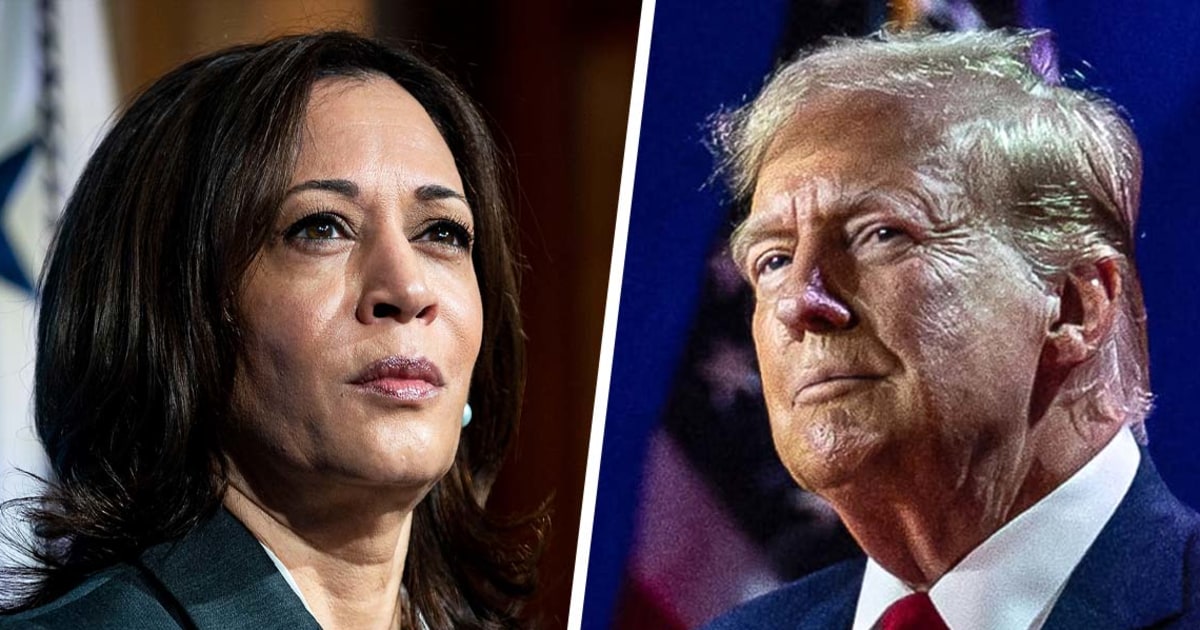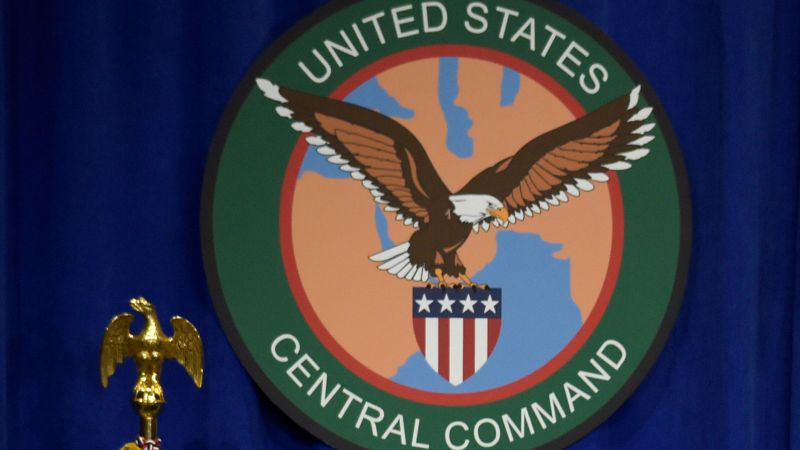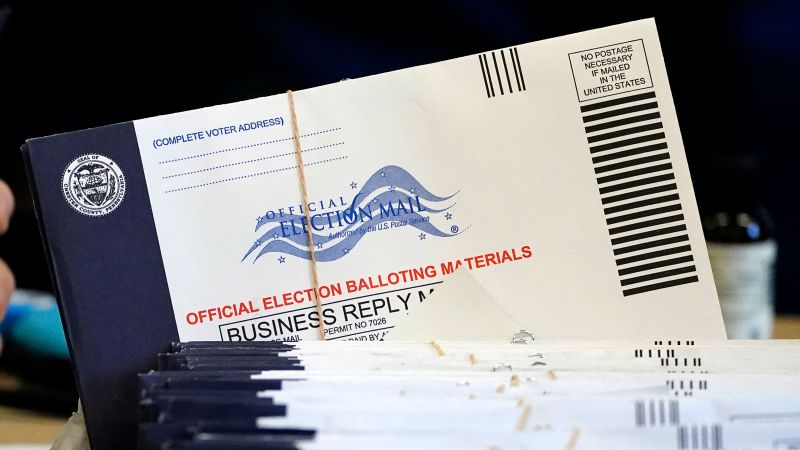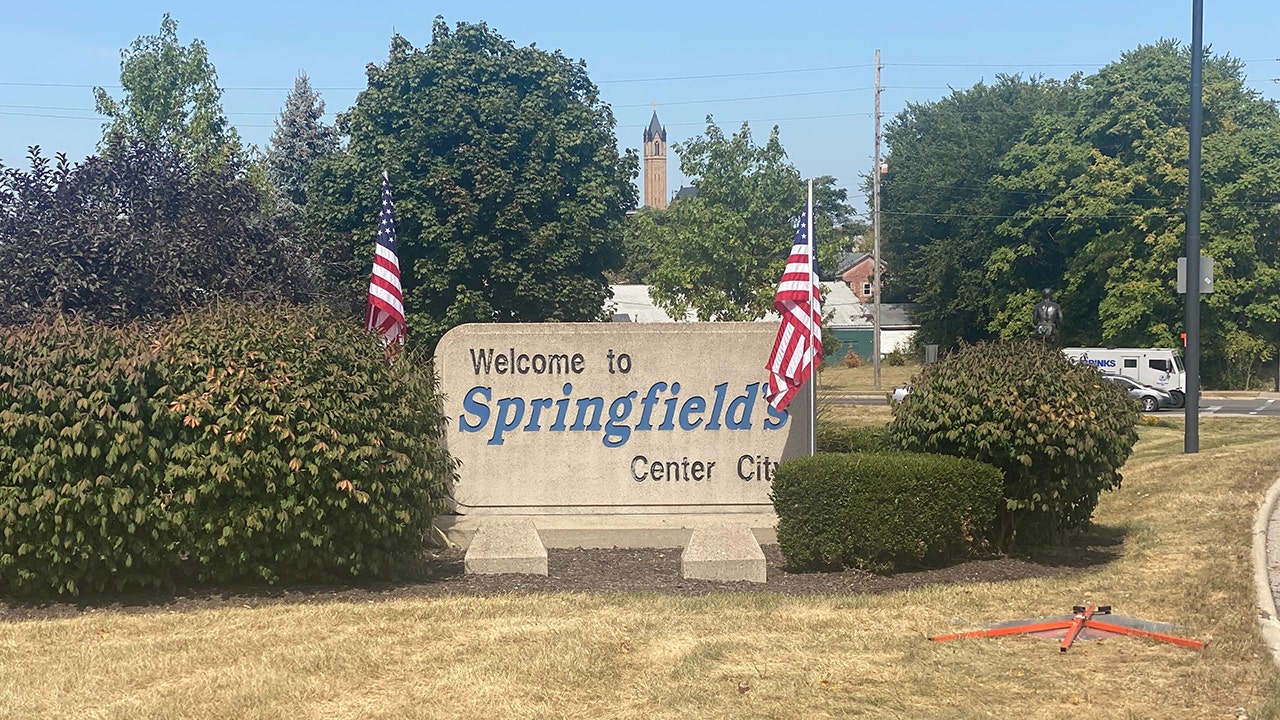Millions of student loan borrowers are in limbo after the Supreme Court kept in place a block on President Joe Biden’s student loan repayment plan.
The plan, known as SAVE (Saving on a Valuable Education), will be on hold until the 8th US Circuit Court of Appeals rules on whether it is lawful — which could take weeks or more.
Reducing student loan debt has been a priority for the Biden administration, and the SAVE plan is one of the most significant policy changes it has made since the Supreme Court struck down its separate, signature student loan forgiveness program last summer.
For the roughly 8 million people who have enrolled in SAVE since the Biden administration put it in place last year, the plan promised lower monthly payments and a faster path to loan forgiveness when compared with other repayment plans.
In response to the deepening legal fight, the Department of Education last month paused payments for every borrower enrolled in the plan.
But the back-and-forth has resulted in confusion for many student loan borrowers about how much they will owe. And it remains unclear whether the court’s block applies to debt relief via other student loan repayment plans as well.
The chaos is ramping up just as a pandemic-era freeze on defaulted student debt collections is set to end on October 1.
This week’s Supreme Court order is only the latest development in what has already been a monthslong legal battle that began when two lawsuits were filed by Republican-led states earlier this year.
Now, borrowers must wait for the 8th Circuit Court to rule on the merits of the states’ case before they know how much their student loan payments will be going forward.
The St. Louis-based appeals court is stacked with appointees of Republican presidents, with only one of its active judges having been placed on the court by a Democratic president.
Here’s what borrowers need to know:
The roughly 8 million borrowers currently enrolled in SAVE have been placed in an interest-free forbearance during which they are not required to make monthly student loan payments.
By enrolling in SAVE, these borrowers were promised monthly payments as low as half of what they would be required to pay in other repayment plans. They were also promised student loan forgiveness after making as little as 10 years of payments.
The pause on payments is good news for most of the impacted borrowers. But it could potentially delay student loan forgiveness for some of them.
That’s because the time in forbearance will not count toward the number of payments required to be eligible for debt relief under programs like Public Service Loan Forgiveness.
Under that plan, eligible public-sector workers can see their remaining student loan debt wiped away after making 120 qualifying monthly payments.
Some borrowers may be eligible to “buy back” months of PSLF credit for time spent in forbearance as a result of the court’s administrative stay. More information about that process can be found on the Federal Student Aid website.
The federal government offers several other repayment plans, though SAVE offers the most generous terms for low-income borrowers. In addition to SAVE, there are other income-driven plans that also tie monthly payments to a borrower’s income and household size — which can reduce how much a borrower owes every month.
But currently, student loan servicers have paused processing applications for other kinds of income-driven repayment plans as a result of the 8th Circuit Court’s temporary block on SAVE.
While student loan borrowers can still apply by submitting a PDF, the Department of Education said on its website that they “should expect a lengthy delay in processing applications.”
The pause on application processing could cause problems for recent college graduates who will enter repayment this fall. For now, these borrowers may be stuck with automatic enrollment in the standard 10-year plan that requires higher monthly payments than an income-driven plan that they must apply for.
In court documents, the government’s lawyers have said that the court’s block on the SAVE plan could potentially keep the Department of Education from providing debt relief available to borrowers through other income-driven plans.
There are roughly 2.6 million borrowers in the Pay As You Earn (PAYE) plan and the Income-Contingent Repayment (ICR) plan who could be impacted. Those plans provide student loan forgiveness for borrowers who have made monthly payments for at least 20 years.
The 8th Circuit Court denied the government’s request to clarify what exactly is impacted by the temporary block.
“The Eighth Circuit’s refusal to clarify the injunction makes clear that it reaches even further, blocking forgiveness under the original ICR plan and the PAYE plan as well,” the government’s lawyers wrote in a court filing.
CNN’s Devan Cole contributed to this report.
Read the full article here















